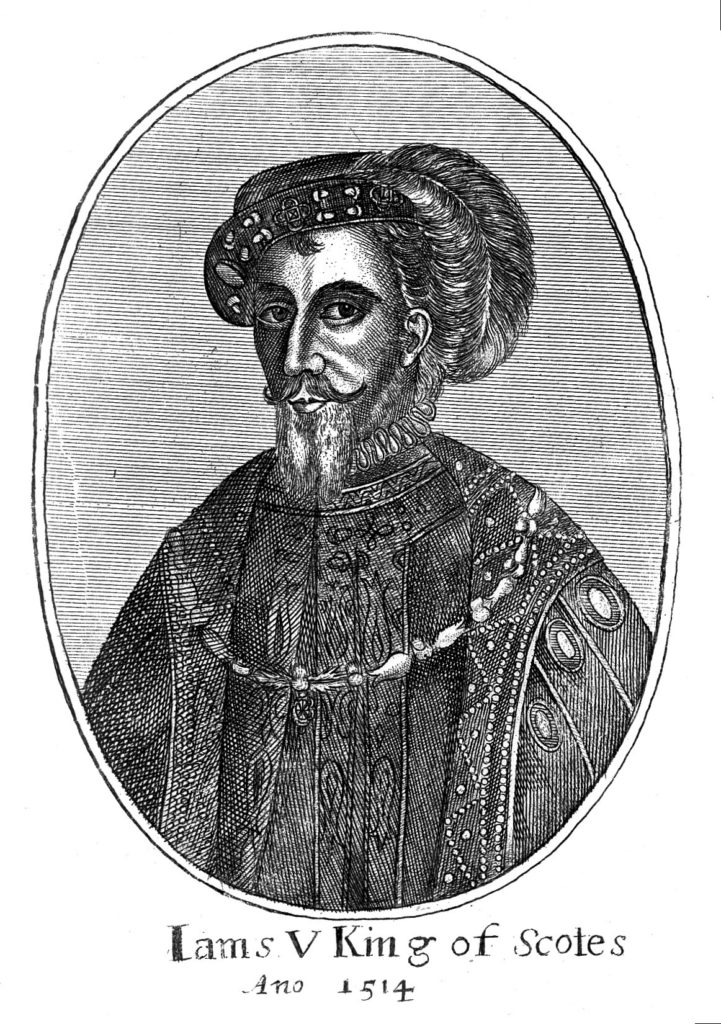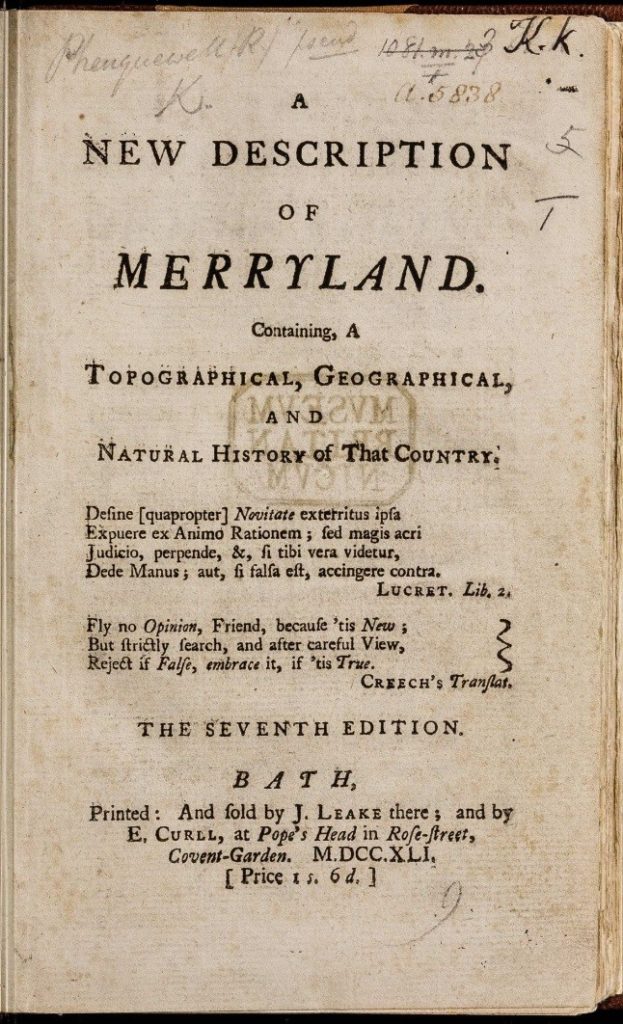(6 minute read)
Trigger Warning Disclaimers:
This blog post concerns sexually explicit content which potentially includes historical non-consensual sexual activity. Please proceed with caution. Resources can be found in the Resources tab of this microsite for anyone who is affected by these issues.
Language used in these blogs refers to cis, heteronormative gender identities owing to the historical context of the Beggar’s Benison Club. Today, we are aware of and acknowledge a wider spectrum of gender identities.
From 1732 to 1836, Anstruther in the East Neuk of Fife was home to the Beggar’s Benison Club. The secret all-male club was devoted to the idea of male sexual liberation. Members created symbolic sexual imagery and may have practised sexual rituals. Members also had interests in subversive politics and illegal smuggling.
Indeed, a central activity of the Beggar’s Benison Club was to fantasise about sexual exploits. This came in many forms, from conjuring grandiose origin myths, appropriating mythological and Biblical stories, to reading pornographic texts, and drinking toasts to genitalia. These ideas were essentially tied to sexual imagination as a way to satisfy male lust and fantasy. However, they also served a more practical purpose; to support the Club’s quest for sexual pleasure, to validate its rituals and to be ‘enjoyably ludicrous.’1
It is important to note that here, in this context of the Beggar’s Benison Club, ‘fantasy’ is not associated with innocent, positive connotations. The ways in which Club members fantasised about sex were from a male perspective that was exploitative and misogynistic. These dynamics have not been explored in great detail thus far by historians, especially in terms of the impact and implications for the young women hired by the Club. We endeavour to explore these dynamics within this exhibition and investigate the unequal sexual power dynamics.
Possibly the most important myth conjured by the Benison was that which explained the Club’s origins, ‘The King and the Beggar Maid.’ The folktale is attached to King James V of Scotland [1513-1542], who possessed hero-status according to the Benison, as he set an example of sexual licence within high society.

James V, King of Scotland. Reigned 1513-1542. Father of Mary Queen of Scots. Wellcome Collection. Attribution 4.0 International (CC BY 4.0), https://wellcomecollection.org/works/a3qh5udr
While disguised as a commoner, James V visited the Dreel Burn, the river boundary between Anstruther Easter and Anstruther Wester in the East Neuk of Fife. He did not want to wet his feet crossing the water (the height of royal heroism); therefore, he received the help of a beggar maid to carry him across the water. As thanks, James gave her a gold coin and in return, the maid thanked him in the form of a blessing or ‘benison’.
In this context, ‘benison’ is a colloquial term for sexual favours. Indeed, the Old Scots rhyme associated with the myth describes its sentiments towards wealth (the gold coin) and sex (the benison):
May your purse naer be toom (never empty)
And your horn aye in bloom. (always)
The club also referred to the punchier, anglicised version as their toast and motto:
May Prick nor Purse never fail you.
The name of the Club was thus a most suitable title for their endeavours and desires. It references the Beggar Maid myth and its connotations of sex and money. Members idolised King James V as an archetypal figure of sexual fantasy and saw themselves in him; ‘for they too were rulers, by right of the phallus.’2
Other fantastical origin myths for the Club go even further back than the reign of King James V. Club members metaphorically imagined that the Beggar’s Benison originated with the biblical Creation. This biblical reference can be found on one of the surviving Club medals within the exhibition, where a depiction of Adam and Eve is accompanied by the phrase ‘be fruitful and multiply.’ This coy play-on-words appropriates God’s directive to procreate, into such a meaning that justifies the Club’s desire for sexual pleasure.
Even within a small town such as Anstruther, the Beggar’s Benison found ways to attach sexual innuendos to their surrounding environment. The Isle of May, off the coast of Anstruther and visible from its harbour, found its way into the Club’s imagination. Members speculated about sex-crazed monks that inhabited the island, taking it for granted that masturbation was a monastic speciality. The name ‘May’ also added to their fantasies as it bore a girl’s name and the month of May was associated with spring and fertility.

Isle of May, © Jerzy Morkis, CC BY-SA 2.0, https://www.geograph.org.uk/photo/5491174
It must be reiterated that these sexual fantasies were conjured to satisfy only the male perspective. They were not simply cheerful, innocent imaginations of consensual sex. Indeed, Club members may have enabled and encouraged one another in their objectification and fantasising of the female body. As well as drunken songs, toasts and general debauchery, Club members would read and celebrate pornographic texts in order to satiate their male lust. In line with the Club’s love of sexual innuendo and double entendre, 1700s pornographic texts describe the female body through metaphor.
In texts such as A New Description of Merryland, the notion of male sexual dominance is rampant. The author consistently highlights the imperfections of female genitalia while simultaneously praising his own penis. Female masturbation is considered abhorrent, yet male self-pleasure is considered natural and normal. The female body, denoted as ‘Merryland’, is a foreign country to be conquered as a man’s rightful territory.

A New Description of Merryland P.C.20.b.7.(1), title page, British Library, Public Domain, https://blogs.bl.uk/untoldlives/2019/02/smutty-stuff-for-debauched-readers-the-merryland-books-in-the-private-case.html
Other texts read by the Beggar’s Benison include Memoirs of a Woman of Pleasure by John Cleland, or more commonly known as Fanny Hill. The text describes Fanny, aged fourteen, as lewd, promiscuous and sexually insatiable, with a theme of shame which she should feel for her pleasures. Again, the double standards of celebrated male sexuality and shamed female sexuality is shown here, not to mention the shocking imbalance of power concerning the sexual relations between a fourteen-year-old girl and older men. We know that this text was read by the Benison on St Andrew’s Day in 1737, where ‘two nymphs’ of eighteen and nineteen years old exhibited themselves nude for the members.
This act of hiring girls to pose naked will be explored in the ‘Subversive Sex’ and ‘Women of the Beggar’s Benison’ blogs. In this context, however, it shows us how Club members were obsessed with fantasising around the female body in male-dominant and misogynistic forms. This sexual imagination was compounded with the exploitative physical observation of naked young women.
Written by Leonie Leeder, student in MLitt. Museum and Galleries Studies at the University of St Andrews
Sources:
1 Stevenson, 14.
1 Stevenson, 17.
- Dubois, Sharon O’Toole, ‘Merryland: Gender and Power in an Eighteenth Century Pornotopia’, Utopian Studies, 11:2 (2000).
- Lord, Evelyn, The Hell Fire Clubs: Sex, Satanism and Secret Societies, 2008.
- Peakman, Julie, Lascivious Bodies: A Sexual History of the Eighteenth Century, 2004.
- Stevenson, David, The Beggar’s Benison Club: Sex Clubs of Enlightened Scotland and their Rituals, 2001.
- Stretzer, Thomas (pseudonym Roger Phequewell), A New Description of Merryland: Containing a Topographical, Geographical and Natural History of that Country, 10th ed, 1742.